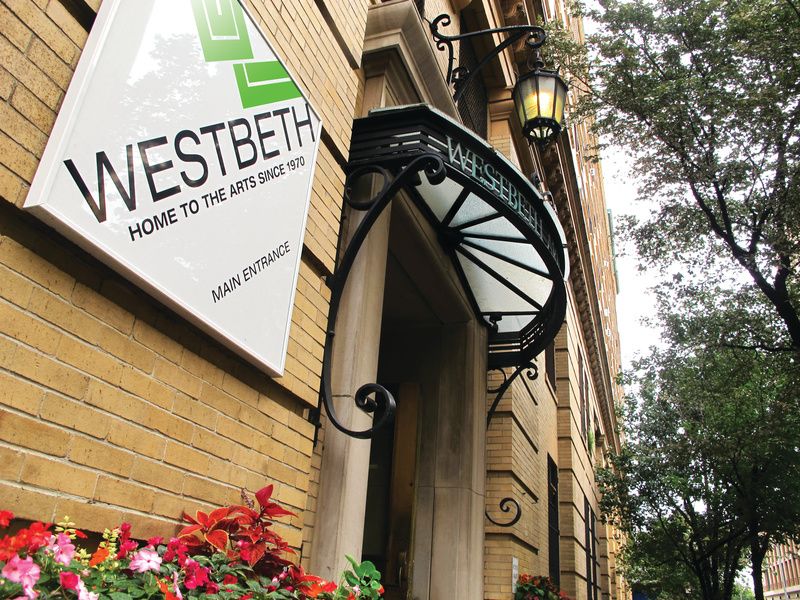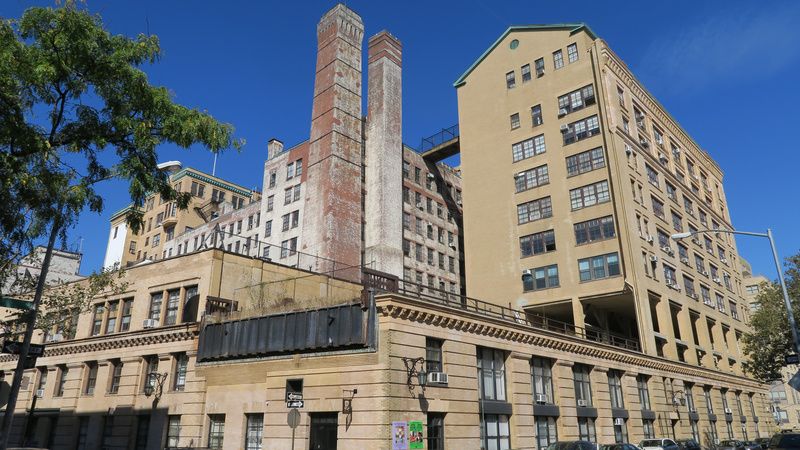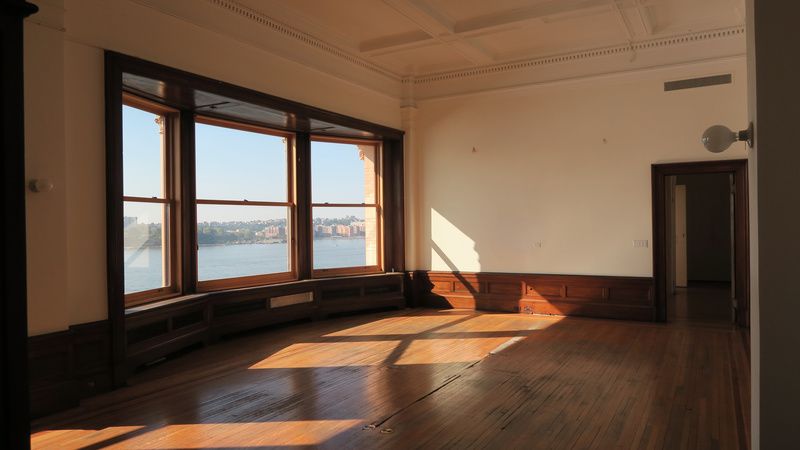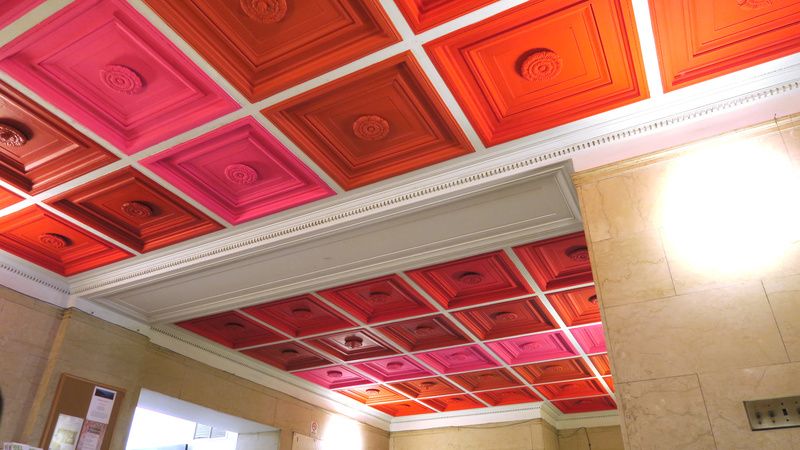Last-Minute NYC Holiday Gift Guide 🎁
We’ve created a holiday gift guide with presents for the intrepid New Yorker that should arrive just in time—


Westbeth Artist Housing, a 13-building complex in the West Village, provides dynamic living and working spaces for 384 multi-disciplined artists. When Westbeth opened in 1970, it was the first and largest federally subsidized artist’s complex in the United States and is an example of successful adaptive reuse in New York City, a formerly industrial site transformed into affordable residences for New Yorkers.
Before Westbeth was filled with artists and paint, it was filled with scientists and technology. Originally built as a compound for Bell Telephone Laboratories, Westbeth was, for a time, the largest industrial research center in the United States. Between 1898 and 1966 numerous noteworthy inventions were made at Bell Laboratories, including the first transistor, first experimental talking movies, first binary computer, first television broadcast, black and white and color TV, video telephones, radar, the vacuum tube, and more.If you are or become an Untapped Cities Insider, you can join our behind-the-scenes tour of Westbeth with Westbeth Artists Residents Council President Roger Braimon on September 29th.
On this tour, guests will visit the Martha Graham Dance Company roof, see hallways and interiors that are off-limits to the public, check out views of the Hudson River from the 12th floor, and gain access to the home and studio of artist resident Stephen Hall. Along the way, learn about the architectural features and layered history of this massive complex, from its days as a state-of-the-art technological facility in the early 20th century, to the dynamic and artistic space it is today.

Photograph by Roger Braimon

Photograph by Roger Braimon


Photograph by Roger Braimon


Inside the artist and resident of Westbeth Stephen Hall’s apartment.


Photograph by Roger Braimon
Subscribe to our newsletter